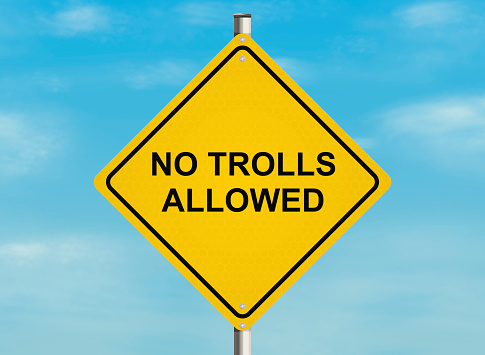By Rieva Lesonsky
Recently, mega-retailer Target announced it’s going to eliminate “Boy’s” and “Girl’s” labels in its toy section and use gender-neutral labeling instead. The announcement stirred up some controversy on Target’s Facebook page, as some customers applauded the move while others derided it. But when a Target troll set up a fake Target customer service Facebook account, things really blew up.
Under the name “Ask ForHelp” and with the company’s bulls-eye logo as his icon, Mike Melgaard took to social media to make fun of angry Target customers with snarky responses. For 16 hours, Melgaard replied to some 50 posts before the fake account was shut down, fanning the flames by claiming that Target also plans to eliminate gender labels on its clothing departments and even institute unisex bathrooms. (That’s sure to start some rumors flying.)
While the Internet is abuzz with the humor of the Target Troll, for a small business (or any business) who finds their social media persona hijacked by an outsider, the story is no laughing matter. Sure, Target is big enough to weather any negativity the incident may engender (no pun intended), but what about a small business with a smaller customer base?
The Target troll incident points out the importance of vigilance when it comes to your social media accounts. Here are some steps you can take to ensure something like this doesn’t happen to your business.
- Limit access. Be cautious about who you allow to post on your social media accounts. Only trusted employees should have this privilege. If anyone leaves the company, make sure their social media username and login are closed down.
- Create and use strong passwords. Don’t share the same username and password for everyone in your business that posts on social media. Require each person to create their own (or generate one for them) and make them complex with symbols, numbers and capitalization. Change passwords once a quarter.
- Customize privacy settings. Don’t just go with the default options. Use the maximum possible privacy settings in each social media account to protect your business.
- Log out. Make sure employees log in and out as they use social media. Staying constantly logged in is just asking for trouble. Password management tools can make this easier by enabling employees to log in quickly while still maintaining security via complex passwords.
- Pay attention. Lots of small business owners get so busy scheduling and posting their social content that they forget to keep an eye on what users are saying in return. It’s vital to monitor the status of your social media accounts at all times. The good news is, this is actually an area where a small company may have an edge over a big one. With fewer accounts and interactions happening, it should be easier to see when something unusual pops up. Using social media tools such as Hootsuite, SproutSocial or Mention, which show you all your social media accounts in one place and provide real-time alerts, will help you stay on top of things.
- Make it easy for customers to contact you. Posting several ways to contact your business on your website—email, chat, phone, etc.—means customers can contact you directly if anything seems odd on your social media page.
- Respond quickly. If you see something odd on one of your company’s social media accounts, take charge to edit, remove or reply to the post or tweet—whichever is appropriate.
If the worst does happen and your social media accounts get hacked, take steps to control the damage by letting customers know what is going on and how you’re handling the situation.







